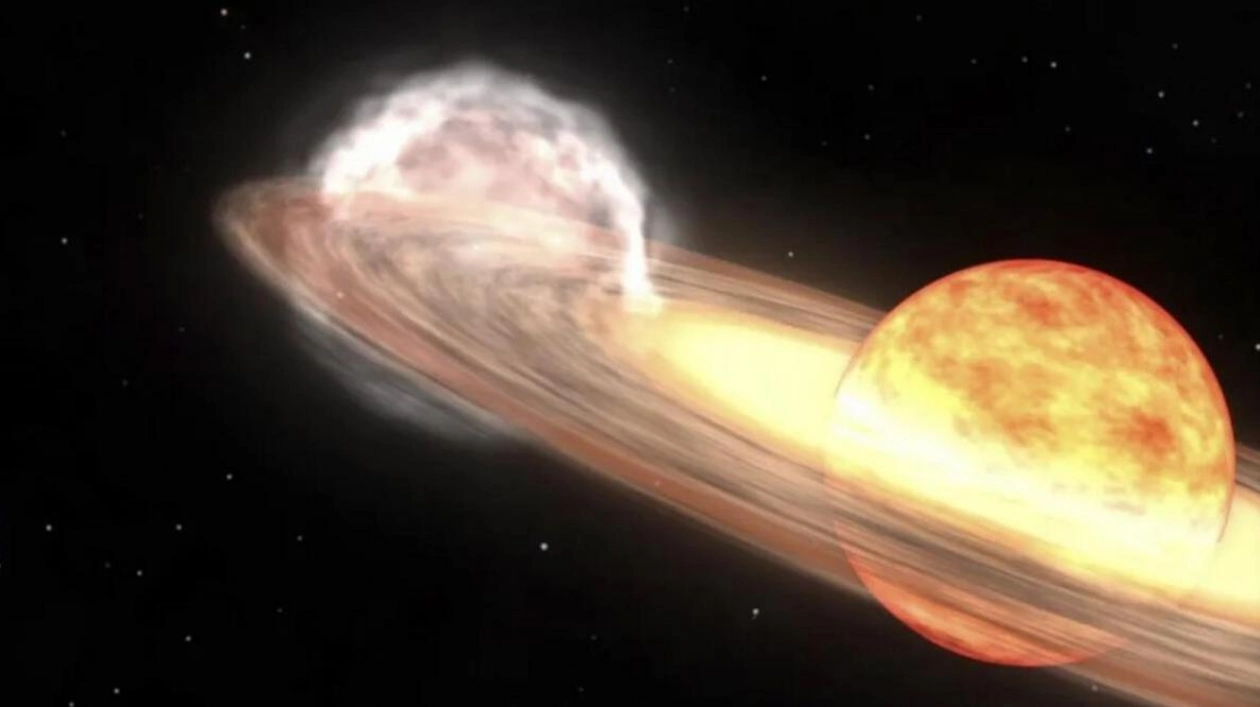Residents might soon witness a star explosion visible to the naked eye. This rare event hasn't happened for 80 years. The explosion is anticipated to happen anytime from now until next September, though it could potentially extend beyond this period. The star in question is named "T Coronae Borealis," situated in the "Corona Borealis" star cluster, as per NASA. Historical records from the International Astronomical Centre (IAC) show that this star has been observed since 1217 AD, with notable explosions in 1866 AD and 1946 AD.
Eng. Mohammad Shawkat Awdeh, Director of IAC, explained that a nova, characterized by rapid changes in brightness, occurs during the explosion. The star temporarily brightens significantly before fading. Being a recurring nova, it explodes every few years. IAC mentions that Leslie Baltier, an astronomical observer, spent 25 years watching the star before missing its explosion in 1946 AD due to an early bedtime.
The prediction of the explosion is based on a slight decrease in the star's brightness observed 1.1 years prior to the event. In May 2023, such a decrease was noted, prompting authorities to anticipate a near explosion. Currently at magnitude 10, the star requires a small telescope to be seen. However, during the explosion, it will become as bright as the North Star within hours, visible even in light-polluted cities for half a day before gradually dimming, but still observable for a week.
The star is a binary system, with a red giant and a white dwarf. Matter transfer from the giant to the dwarf increases pressure and temperature, leading to explosions akin to a hydrogen bomb. These events repeat over about 80 years, culminating in the outer surface explosion of the star, as reported by IAC. The Al-Khatem Astronomical Observatory is actively monitoring the star, contributing to global observations of this unique phenomenon.
To locate the star, experts recommend observing it daily before the expected explosion. If the sky is cloudy during the event, it's advisable to travel to a clear area for viewing. Awdeh suggests looking south in the sky around 9pm, spotting a bright orange star, and noting the arc-shaped constellation nearby. During the explosion, the star will appear next to this arc.






